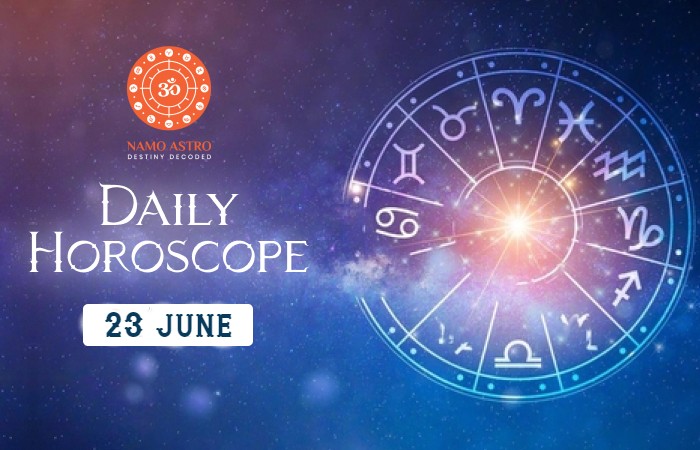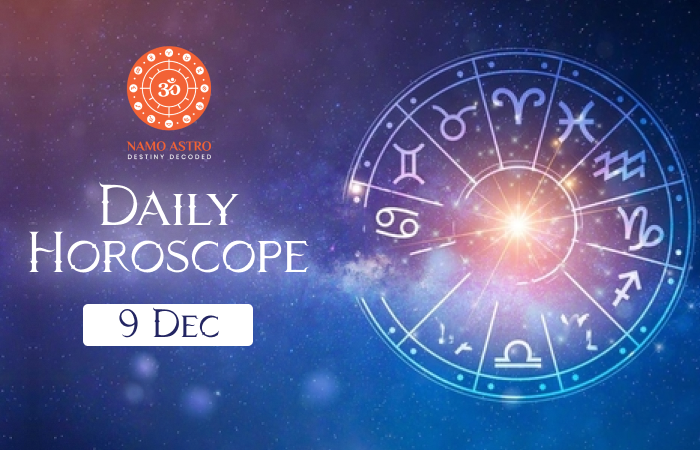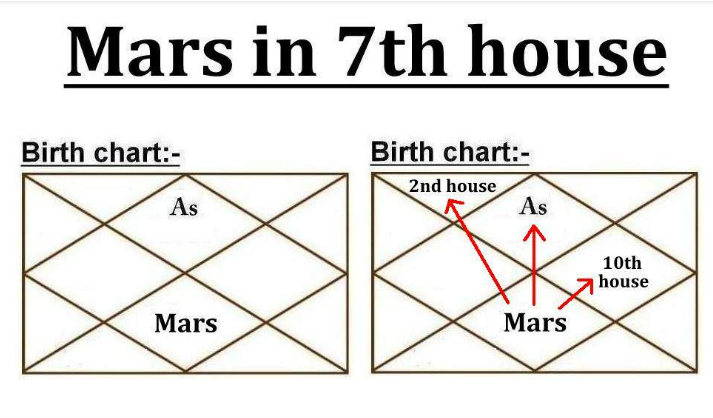What are dosha and dasha in Vedic astrology?

In Vedic astrology, both dosha and dasha play a vital role in your birth chart, also known as the horoscope or janam kundali. Doshas are the flaws caused by unfavourable planetary positions, while dasha is the time period that is based on the planetary phases in an individual’s birth chart.
Dosha and dasha are two fundamental concepts in Vedic astrology and often confuse people. Though both are essential parts of Vedic astrology to understand an individual’s life in detail, both terms have distinct meanings and uses.
Here, we will try to understand both Dosha and Dasha to provide more insight into their significance in Vedic astrology.
What is Dosha in Vedic Astrology?
In Vedic astrology, dosha indicates an unfavourable condition or affliction present in an individual’s birth chart or horoscope. This condition or dosha, usually invites potential challenges or disturbances in various aspects of an individual’s life if it is present in his or her birth chart. Doshas in a birth chart occur due to the presence of unfavourable planetary positions, alignments or conjunctions. They can impact an individual’s personal and professional lives, which include health, relationships, career, and overall well-being. Some of the most common and most heard doshas are Mangal dosha (related to the planet Mars), Kaal Sarp dosha (involving the positions of Rahu and Ketu), and Shani dosha (associated with the planet Saturn).
What is Dasha in Vedic Astrology?
Dasha means the period of planetary phases that govern different phases of an individual’s life path. A dasha’s time and duration are determined by the positioning of the planets during an individual’s birth. It follows a predetermined order, with each period having a specific length of time. An individual’s life passes through many planetary dashas known as graha dasha that include mahadasha, antardasha, pratyantar dasha, etc. During each Dasha period, the influence of the ruling planet is believed to shape the themes and experiences that unfold in an individual’s life, influencing the timing of significant events and transitions.
What are the Key Differences Between Dosha and Dasha?
Although both dosha and dasha are essential components of Vedic astrology, their limits, functions and applications are different. Dosha primarily focuses on potential challenges and disorders present in the birth chart of an individual. In Vedic astrology, these are calculated on the basis of planetary positions, which offer insight into the weak areas that may trouble the individual and require attention for astrological remedies. Contrary to this, dasha refers to the timing of planetary periods in an individual’s entire life span, which provides an outline of planetary influences and their impact on different phases of an individual’s life. Both somehow focus on the events that occur in an individual’s life, unfolding his or her destiny.
Understanding astrological insights
In Vedic astrology, both dosha and dasha are considered in the analysis of planetary influences and the interpretation of birth charts. While dosha helps people understand possible problems and what to look out for, dasha helps people know when important events and changes will happen in their lives. By incorporating the understanding gained from both dosha and dasha, individuals can acquire more knowledge about their astrological profile. This study of dosha and dasha can help us understand our challenges and opportunities and guide us in making better and wiser choices in life.
Frequently Asked Questions
Q: What is dosha in Vedic astrology?
A: In Vedic astrology, doshas refer to flaws in an individual’s birth chart or horoscope. Doshas can affect an individual’s life in many ways, and that could be health, career, relationships, finances or education. By identifying the doshas, astrologers can provide remedies to nullify the ill effects of doshas.
Q: What is dasha in Vedic astrology?
A: The term ‘Dasha’ originates from Sanskrit and means ‘state’, ‘condition’ or ‘circumstances’. In Vedic Hindu astrology, the dasha refers to planetary periods. As per dasha, the good and bad effects of planets occur, which is based on the placement of signs (Rasi), houses (Bhava), combinations (Yogas or Raja Yogas) or aspects (Drishti) in an individual’s birth chart.
Q: What is more important, dosha or dasha, to analyse an individual birth chart?
A: Both dosha and dasha are essential in Vedic astrology to analyse an individual’s birth chart.
Q: What is the total number of years of Mahadasha in an individual’s life?
A: Vedic astrology assumes the maximum span of an individual human life is 120 solar sidereal years. These 120 years are the combined duration of all nine planetary periods, i.e., Ketu 7, Venus 20, Sun 6, Moon 10, Mars 7, Rahu 18, Jupiter 16, Saturn 19 and Mercury 17, in the order of their operation.
Q: What are the most commonly known doshas in Vedic astrology?
A: Some of the most known doshas are Pitra Dosha, Angarak Dosha, Mangal Dosha, Nadi Dosha, Grahan Dosha, Gandalmool Dosha, Shrapit Dosha, Kal Sarp Dosha, and Manglik Dosha.
To learn more about dosha and dasha and how they affect you, consult some of the top astrologers in India at NamoAstro. Your first five-minute online chat with our best astrologers is absolutely free!









